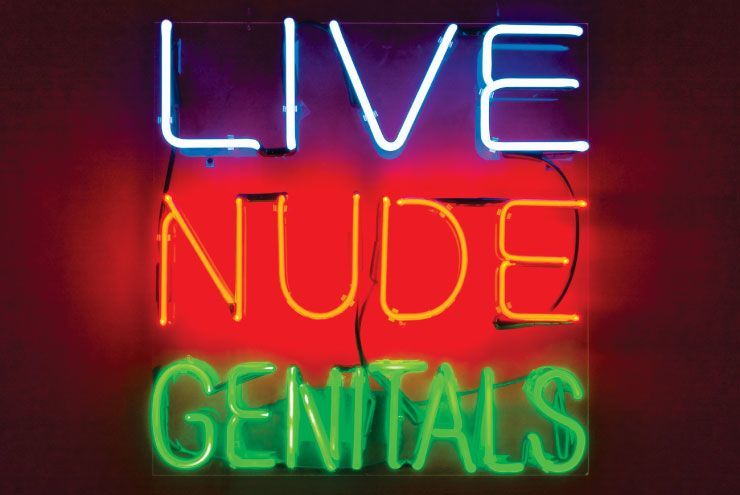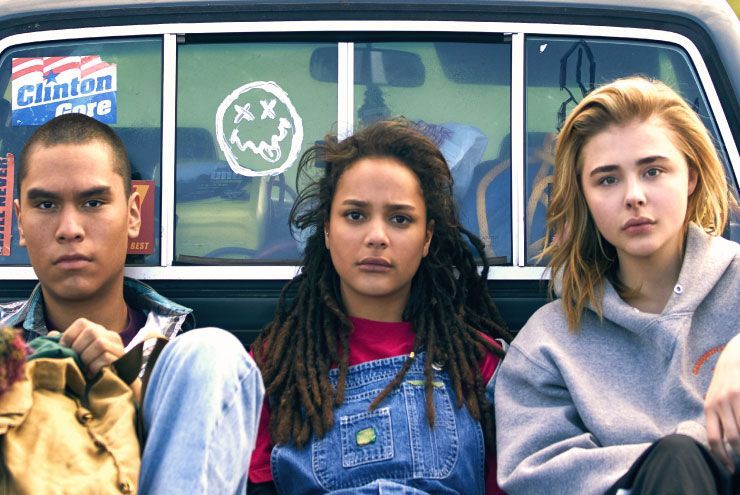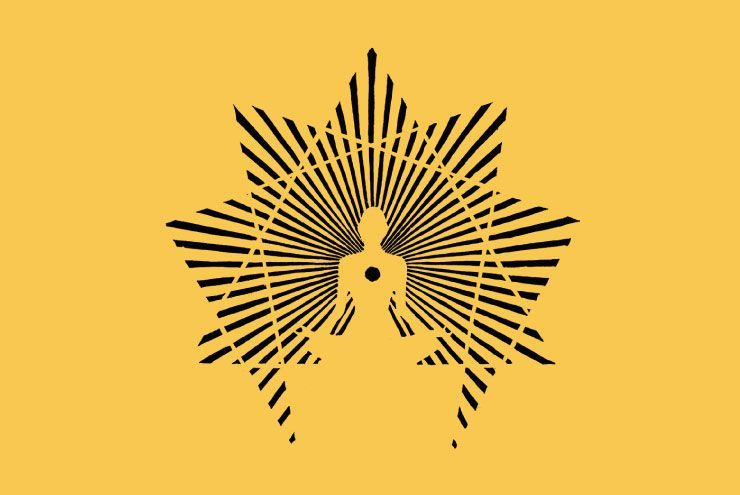By Jayce Tyler
Southerners, if you ever find yourself venturing north to the Big Apple, I highly recommend following in my footsteps and making a visit to the Leslie-Lohman Museum of Art.
Nestled between Grand and Canal streets, the Leslie-Lohman Museum of Art is a home for queer art, artists, scholars, and activists to present and participate in discourse on art and queerness. Admission is free, making the space accessible to all, although a $10 donation in support of the community is suggested.
While traveling in New York this January, I was lucky enough to catch a particularly intriguing exhibition, On Our Backs: The Revolutionary Art of Queer Sex Work, curated by Alexis Heller. The exhibition, which explored the history of queer sex-work culture, revealed the deep community building of queer and transgender sex workers, as well as the associated creative organizing, self-empowerment, identity/desire affirmation, and healing use of pornography as a tool for queer and trans liberation. Most impactful for me, however, were the first-person narratives from sex workers throughout history.
Up until college, I knew very little about sex work, much less queer sex work. Often, I’d hear (mostly) cis women joke about trying stripping to afford their tuition, but that was the extent of my knowledge.
That is, until I started doing sex work myself.
When I was 18, I began selling photos of myself to men I knew for money. It put cash in my pocket for food, sometimes textbooks, sometimes just spending money. Regardless, it was money. It wasn’t until about age 20 that I truly defined and expanded the scope of my sex work.
While living in Houston, there weren’t many instances where I felt comfortable talking about participating in sex work. Therefore, in the beginning, I mostly turned to the Internet and social media to find community and advice. Later, however, at the University of Houston LGBTQ Resource Center’s “Let’s Get SexED” event, I finally felt comfortable enough to open up about my personal relationship with sex work. This event just so happened to feature Ignacio Rivera, who was also highlighted as part of the Shine Louise Houston and Pink & White Productions display in the On Our Backs exhibition.
A particularly touching aspect of the exhibition was the Wall of Elders, a shrine honoring those who dedicated their lives to supporting, educating, and protecting sex-working communities. The display included the names of these devoted folks and a wall of flowers, as well as a call for visitors to write down the names of sex workers they would like to see honored. At the end of the exhibit, the names were commemorated in a ritual burning conducted by queer sex workers.
Throughout history, most artistic and historical depictions of sex work have centered the experience of the white sex worker. This was not the case in On Our Backs. The exhibition prominently featured artworks, portraits, and videos of sex workers of color across time. The Leslie-Lohman display, as well as current representations of Black trans sex workers in shows like Pose, make me hopeful that we will soon hear and see more of these experiences and stories.
The short film Dear Jiz (2013), included in the exhibition, featured a rarely represented identity—that of the genderqueer porn performer. The video depicted genderqueer performer and activist Jiz Lee reading letters from those inspired by their work. Besides Pink & White Productions, I knew very few sex workers (beyond myself) who identified outside of the binary. This film was twofold for me: I was able to see someone like myself represented, and it served as a reminder that, while much of the porn industry continues to be rooted in misogyny and violence, there are smaller porn producers and performers who have eliminated these toxic cultures from their art.
On Our Backs affirmed that shame should not have a place within the LGBTQ community. Sex work has taught me to appreciate my body and to embrace my sexuality in a way that I would have never been able to otherwise. And while I do receive the occasional hostile comment and continue to have safety concerns in certain situations, sex work ultimately empowers me, frees me from shame, and is something that I will never regret. For this reminder, I thank the Leslie-Lohman Museum of Art, curator Alexis Heller, and all of the artists and elders featured in this exhibition.








Rivkah French
February 13, 2020 at 2:50 AMThank you for this informative, compelling article! As a former sex worker and queer woman I love learning about our community’s past and present triumphs in overcoming barriers to our expression and exploration. Cheers to you!